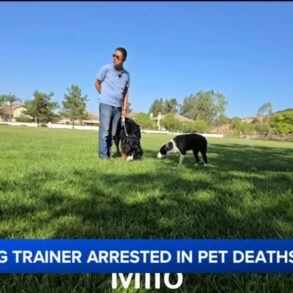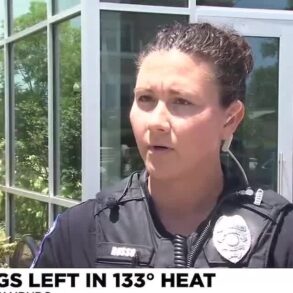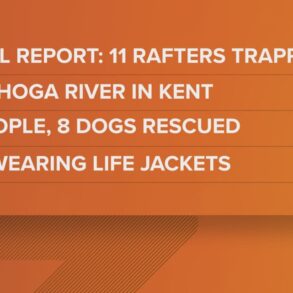The Colorado Department of Public Health and Environment says its investigation has revealed additional dogs will need a modified quarantine after potential rabies exposure at a July adoption event. Eleven puppies were euthanized last week after their littermate tested positive for rabies.
CBS
The Colorado State University Veterinary Diagnostic Laboratory has conducted tests on 12 puppies, resulting in two positive and three inconclusive results. The first positive was the known, infected puppy and was confirmed positive by the CDC.
CSU Veterinary Diagnostic Lab sent the three inconclusive specimens and positive specimens to the CDC for further analysis. The CDC determined those specimens to be negative.
CDPHE says it is standard procedure to take a course of action based on preliminary positive results.
Discordant results mean that one lab may interpret a test as positive while a second may interpret samples in the same specimen as negative. The state says this can happen for a variety of reasons.
CDPHE explains:
“The first lab harvests the tissue that is most likely to have virus in it (to maximize sensitivity) and if there is very little virus in the tissue, the second lab may not detect it in a sample from different tissue. A delay between sample collection and testing may add to the possibility of tissue (and therefore viral) degradation. This may be more likely to happen when less virus is present, as may occur when testing is performed early in the course of an infection.
CBS
A negative result indicates that the rabies virus was not present in the brain at the time of testing, meaning the animal was not infectious or capable of spreading rabies. However, the rabies virus infects the brain through the body’s nerves where it travels to the spinal cord, and eventually the brain stem and cerebellum. This process can be slow, meaning that the virus could have been present in the peripheral nerves but the animal would not show symptoms, and testing the brain would show a negative result.”
The state says the investigation revealed the potential exposure of additional animals at the shelter to the first infectious puppy. These animals had significantly less exposure to the first infectious puppy compared to the high-risk litter that was repeatedly exposed to their littermate with rabies.
After consultation with the CDC, the state is requesting immediate vaccination of these additional animals and placing them under a modified quarantine protocol.
Aron Jones, director of Moms and Mutts Colorado, says that’s around 56 dogs.
“They’re mandating a modified quarantine for any dogs that were in inside of the number six warehouse,” she explained.
More than 800 people have signed a petition to investigate the state’s decision to euthanize the puppies, rather than attempt a strict quarantine.
Also receiving criticism is Moms and Mutts Colorado.
“Fourteen thousand dogs saved and now all we are is the rabies rescue,” said Jones. “We’re getting a lot of criticism, a lot of unfounded criticism, about our protocols and procedures. These puppies were not old enough to have a rabies vaccine, and there really wasn’t anything we could have done differently that would have changed the outcome.”
CBS
Jones says she touched the rabid dog, but the CDC told her she doesn’t need a vaccine.
She’s frustrated about the inconsistency in health protocols.
While some dogs are being placed under a modified quarantine, others are still being considered for adoption, raising questions about the actual risk level.
“If they’re not at risk enough that I can adopt them out, then they’re not at risk, right?” Jones questioned. “That’s my interpretation.”
Despite the challenges, Jones remains hopeful, praising the fosters and adopters for their support.
“They’re fine keeping the dog home, as long as there’s no risk to their lives,” she said.
This post was originally published on this site be sure to check out more of their content.
















































